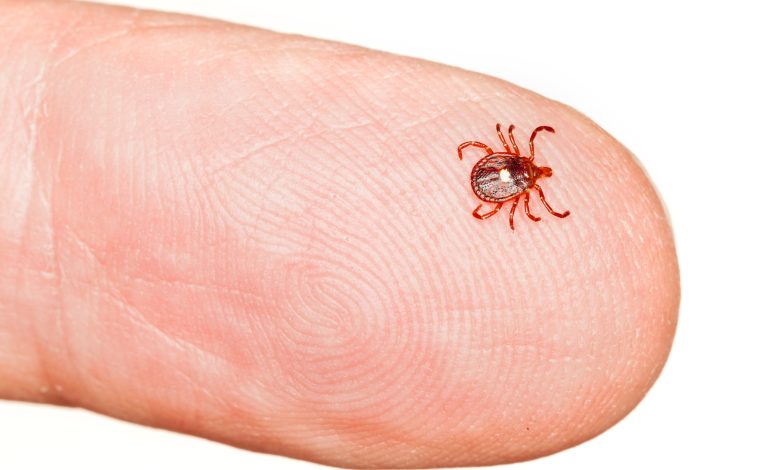As the weather warms and more people head outdoors, health experts are warning of a continued rise in tick-borne illnesses in the United States, the New York Times Wirecutter reports.
According to data reported to the Centers for Disease Control and Prevention (CDC), tick-related infections have more than doubled in the past 20 years, with diseases like Lyme disease, babesiosis, and Rocky Mountain spotted fever becoming increasingly common.
While the topic may be unsettling, effective prevention and early detection are key to avoiding serious health risks. Here’s a comprehensive guide on how to protect yourself, your family, and your pets from tick bites.
Ticks can transmit a range of illnesses, some with long-term complications. Symptoms vary from joint pain and fatigue to more unusual effects like red meat allergies. Given that many tick-borne diseases are treatable if caught early, minimizing exposure is an important first step.
Before You Head Outdoors
1. Dress to Deter Ticks
Wearing long sleeves, long pants, and a hat can reduce the amount of exposed skin. Tucking pants into socks and shirts into pants creates fewer opportunities for ticks to reach your skin.
2. Use Permethrin on Gear and Clothing
Permethrin is an insect repellent specifically for fabrics, not skin. Products like Sawyer’s Permethrin Fabric Treatment can be applied to clothing, shoes, and outdoor gear. Let treated items dry completely before use—especially around pets, as wet permethrin is toxic to cats.
For longer-lasting protection, consider purchasing pre-treated clothing from retailers like REI, Amazon, and L.L.Bean, or send your favorite outdoor clothing to companies like Insect Shield for professional treatment.
3. Protect Pets
Ticks can latch onto dogs and cats and end up in your home. Regularly check your pets for ticks and use veterinarian-recommended preventatives such as Simparica Trio for dogs or Bravecto Plus for cats.
While You’re Outside
1. Apply Bug Repellent
Use EPA-approved repellents containing picaridin or DEET on exposed skin. Products with 20% picaridin, such as Sawyer’s Picaridin Insect Repellent, offer protection for up to 12 hours and are generally less odorous and less damaging to gear than DEET.
2. Avoid High-Risk Areas
Ticks thrive in brushy, wooded, and grassy areas. Try to stay on clear paths and be cautious around invasive plants like Japanese barberry, which can harbor ticks.
After You Come Inside
1. Perform Tick Checks
Use a lint roller on clothing and give pets a quick once-over. Thoroughly check your body—especially less visible areas like behind the ears, along the hairline, underarms, and groin.
2. Remove Ticks Promptly and Properly
If you find an embedded tick:
Use fine-tipped tweezers to grasp it close to the skin.
Pull upward with steady pressure—don’t twist.
If the head remains embedded, it’s best to leave it alone and let your body expel it naturally.
Clean the area with rubbing alcohol and wash your hands.
Place the tick in a sealed bag for possible identification.
Whether or not to test ticks for disease is debated among experts. While some, including the CDC, don’t recommend it due to the potential for misleading results, others argue that testing can provide peace of mind and inform medical decisions. Programs like TickSpotters offer tick identification services and risk assessments based on photos. Private labs such as Ticknology, TickCheck, and TickReport offer testing for under $100.
If symptoms such as fever, aches, or rash appear after a tick bite, consult a doctor and request full-panel bloodwork, which may reveal co-infections that are not detected by Lyme-specific tests.








The latest news in your social feeds
Subscribe to our social media platforms to stay tuned